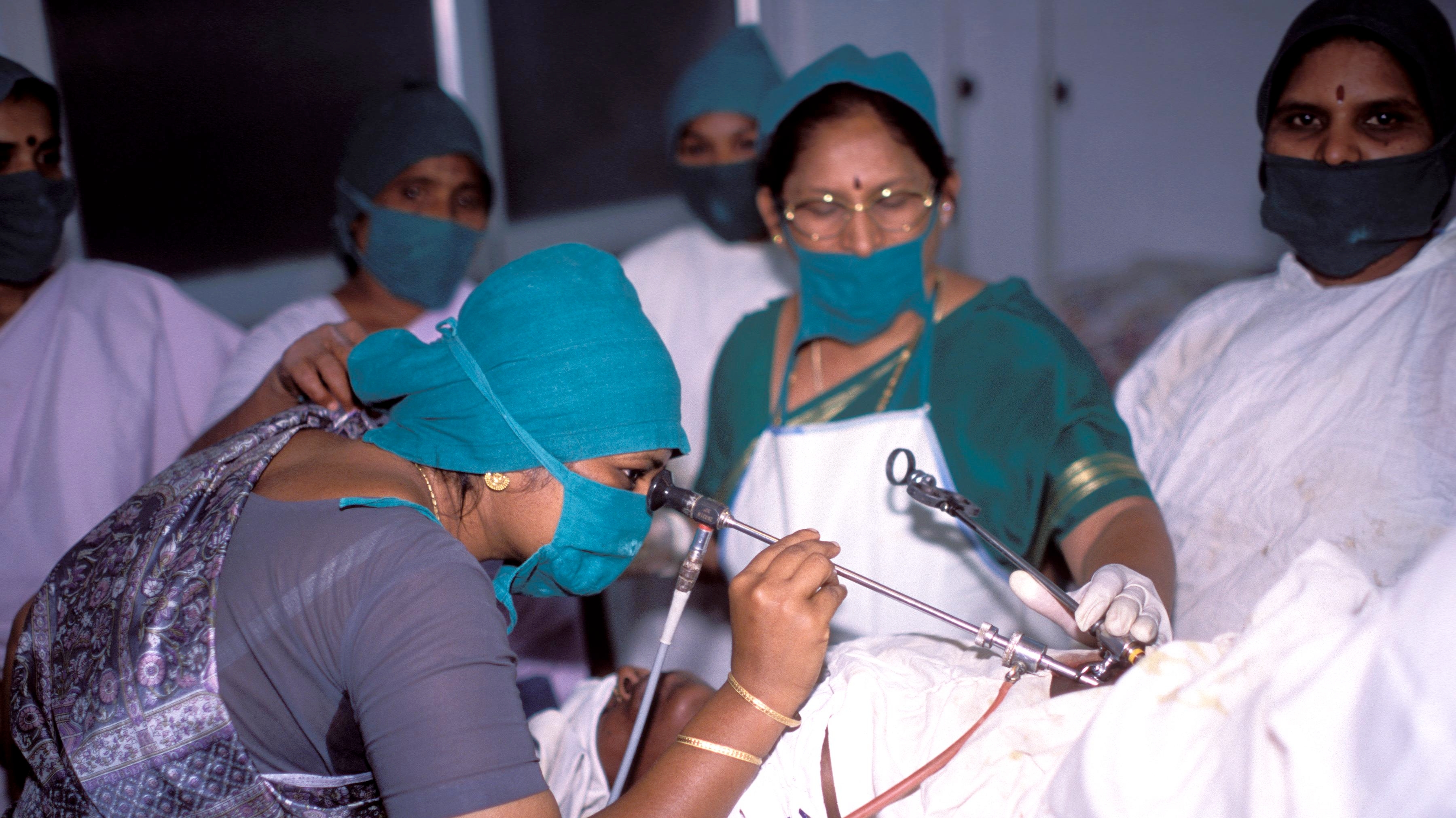Prescribing unnecessary medical tests, procedures, hospitalizations and surgeries has become an epidemic worldwide. The rates of caesarian sections, for instance, vary widely. While globally the C section rate in public hospitals is 10 percent, it reaches an alarming 98 percent in Brazil’s private hospitals, and 40 percent in private hospitals worldwide.
Similarly, the treatment for cardiovascular disease shows unwarranted variations. Studies conducted across 23 countries found that the use of angiography in Europe, for example, showed a 13-fold range of variation. In the US alone, unnecessary medical care costs $250-300 billion annually by conservative estimates. Another growing danger is the worldwide overuse of antibiotics that is causing a surge in hard-to-treat bugs.
‘Medical overuse’, as it is known, is emerging as a serious issue in India too, especially as more people can afford to pay for medical interventions due to increasing access to insurance cover.
For instance, individuals in India with private voluntary health insurance are two to three times more likely to be hospitalized than the national average. Many of these interventions deliver only marginal benefits and can actually harm the patients, leading to unnecessary suffering, especially among the frail and elderly.
Soon, many more people will be able to afford healthcare as the government ramps up medical coverage for poor households. Therefore India urgently needs to learn from the experience of other countries and build in checks against this hazard, especially as it allocates a growing share of scarce public resources for medical insurance.
“This is a critical time for India since the country is in the midst of building a healthcare system which will set conditions for decades to follow,” said Somil Nagpal, senior health specialist with the World Bank in India.
To draw attention to this crucial issue, the World Bank devoted one session at its eighth forum for knowledge exchange between India’s major public health insurers for finding ways to ensure the medical necessity of care.
“Our goal must be to do much for the patient, and as little as possible to the patient,” said Dr Vikas Saini, setting the stage for the discussions with a quote from his mentor, the nobel laureate Dr. Bernard Lown. Dr. Saini is a faculty member at the Harvard Medical School and president of the Lown Institute, a Massachusetts based group that works to increase access to healthcare and limit unnecessary treatments.
This was the first time in India that such a broad range of stakeholders – including senior policymakers, health insurers, industry leaders and academicians from across the country had come together for this purpose.
What has led to overuse?
High levels of unwarranted medical interventions have led to a groundswell of international activity to identify and reduce this hazard. Many factors that drive this trend have been identified globally. These include: the culture of ‘more medical intervention is better’; the slavish use of medical technology even when it is not necessary; defensive medicine or ‘playing it safe’ by prescribing additional tests or treatment; failure to counsel the patients adequately about the risks and benefits of treatment and the other options available; aggressive marketing of services by hospitals, pharmaceutical firms and the medical device industry; incentives inherent in the way providers are paid for their services; and the growing demand by patients for medical interventions.
There is also a growing recognition of the unnecessary costs this imposes on the economy. For instance, it often leads to overinvestment in tertiary care and expensive medical technologies, at the expense of investments in the primary healthcare system, a more cost-effective means of care and prevention. In addition, it causes neglect of the social factors contributing to ill health, like access to safe drinking water and sanitation.

